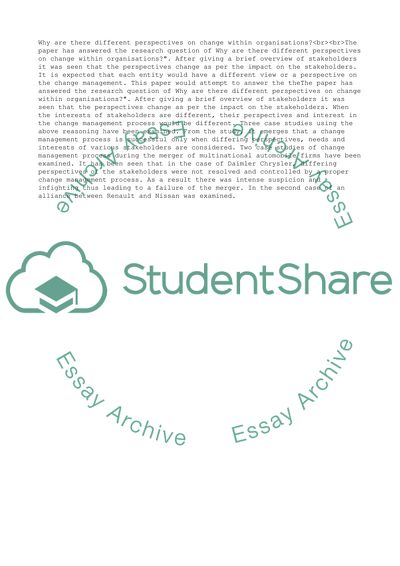Cite this document
(“Why are there different perspectives on change within organisations Essay”, n.d.)
Why are there different perspectives on change within organisations Essay. Retrieved from https://studentshare.org/management/1561664-why-are-there-different-perspectives-on-change-within-organisations
Why are there different perspectives on change within organisations Essay. Retrieved from https://studentshare.org/management/1561664-why-are-there-different-perspectives-on-change-within-organisations
(Why Are There Different Perspectives on Change Within Organisations Essay)
Why Are There Different Perspectives on Change Within Organisations Essay. https://studentshare.org/management/1561664-why-are-there-different-perspectives-on-change-within-organisations.
Why Are There Different Perspectives on Change Within Organisations Essay. https://studentshare.org/management/1561664-why-are-there-different-perspectives-on-change-within-organisations.
“Why Are There Different Perspectives on Change Within Organisations Essay”, n.d. https://studentshare.org/management/1561664-why-are-there-different-perspectives-on-change-within-organisations.


